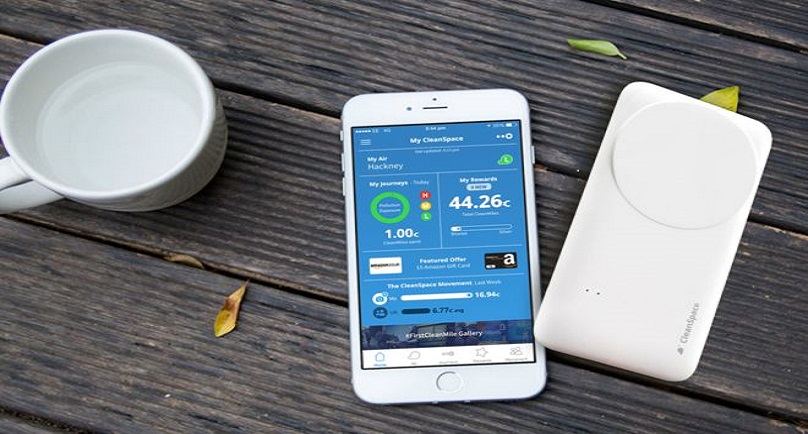By Samantha Semoso – EMTV Online
It sounds like a fantasy but that is what the entrepreneur Lord Drayson has just unveiled at London’s Royal Institution.
Drayson claim’s a technology called Freevolt can be the source for the “internet of things”, which involves harvesting radio frequency energy from existing wireless and broadcast networks, from 4G to digital television.
This technology is a world first and Lord Drayson says “It doesn’t require any extra infrastructure or energy as it is recycling the energy which isn’t being used at the moment.”
Demonstration of the technology by Lord Drayson at the lecture theatre at the Royal Institution, showed how much radio frequency was in the room, and then used this freevolt system to power a loudspeaker.
He also used the first product to use the energy system, a personal air pollution monitor called the CleanSpace tag. The device was created by Drayson Technologies as part of a drive to improve air quality in cities, and to give individuals some insight into the extent of population.
A Freevolt energy harvester continually recharges a battery in the device.
The technology which has been patented, could now be used by organisations such as supermarkets which are preparing for the next phase of the internet, where small cheap sensors online provide data about their operations.
Dean Bubley, a mobile technology analyst and founder of Disruptive Analysis, is cautious about the prospects for Freevolt though after watching the demonstration that it is “fascinating” but there are also questions to answer about the mobile networks which own the spectrum that Freevolt will be harvesting, suggesting that the “free” energy might actually be needed for communication.
Others have tried the same idea, but have struggled to produce energy with enough efficiency to make the technology commercially viable. Now, this British company believes it has found a solution.
If it is right, then Freevolt could turn into a very lucrative business.


